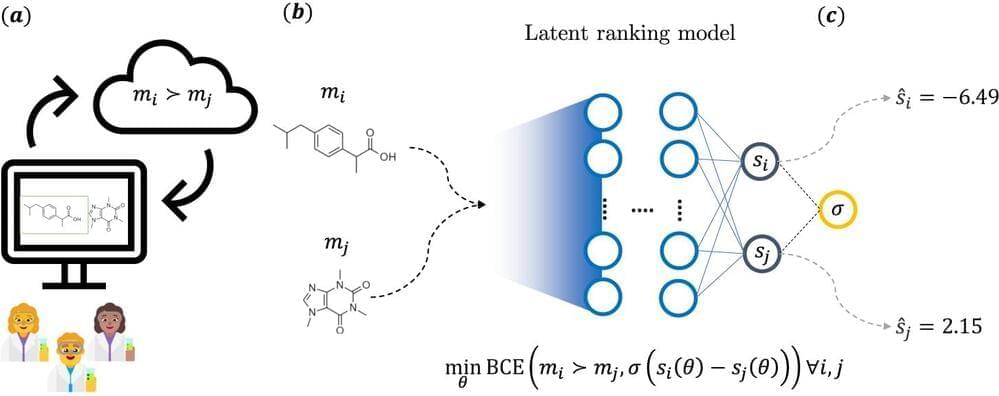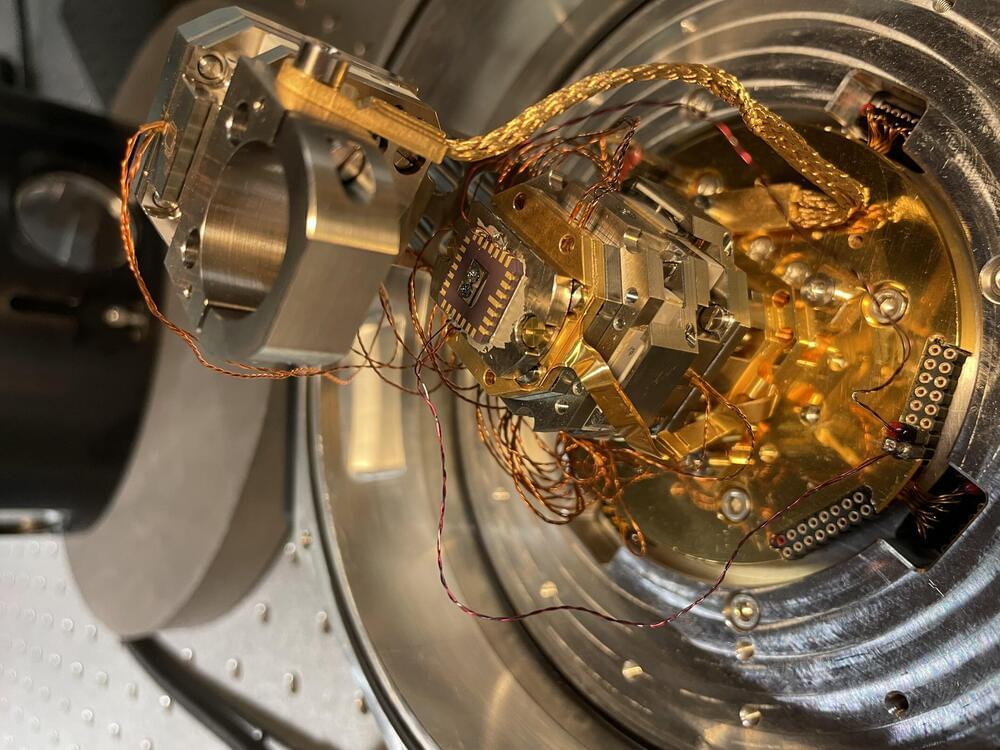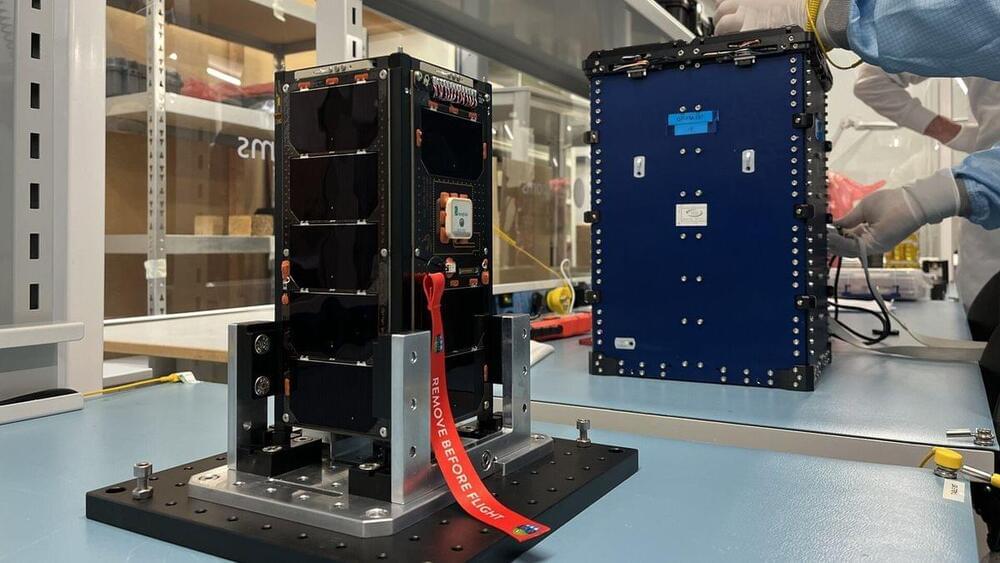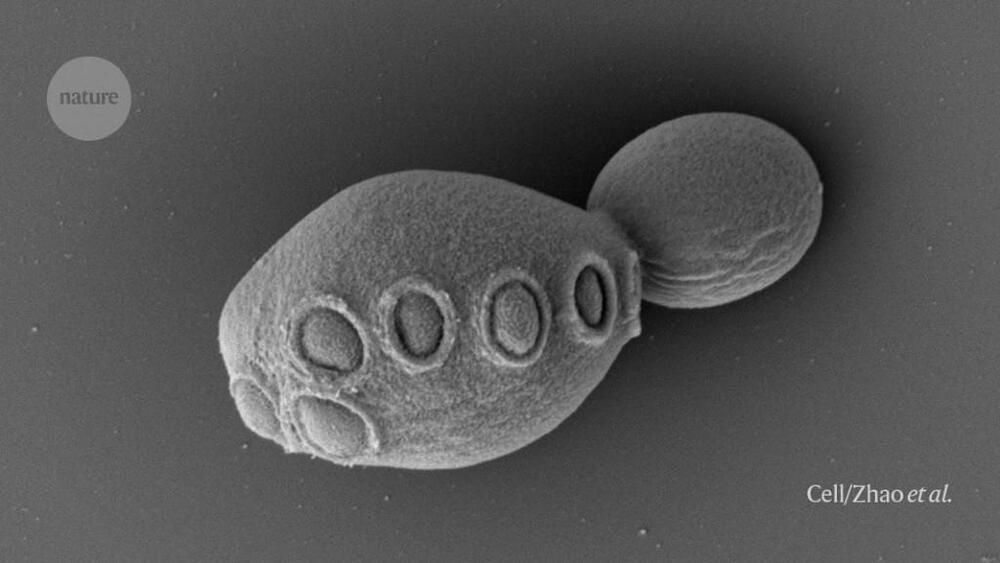A combined team of biomedical researchers from Novartis Institutes for Biomedical Research and Microsoft Research AI4Science has made inroads into teaching AI systems how to find new medicines. In their study, reported in the journal Nature Communications, the group used feedback from chemists in the field to provide intuition guidelines for an AI model.
Finding new medicines is a notoriously difficult and laborious task. The process for finding new therapies typically involves experts in a variety of fields working on different parts of the problem. Doctors and other medical researchers, for example, must first uncover the roots of a given illness to find its cause. Chemists or other medical researchers must then find a chemical that might reverse the problem or stop it from happening in the first place.
Both parts of the process take time and effort. In this new project, the research team sought to determine whether AI applications might make the second part easier.









